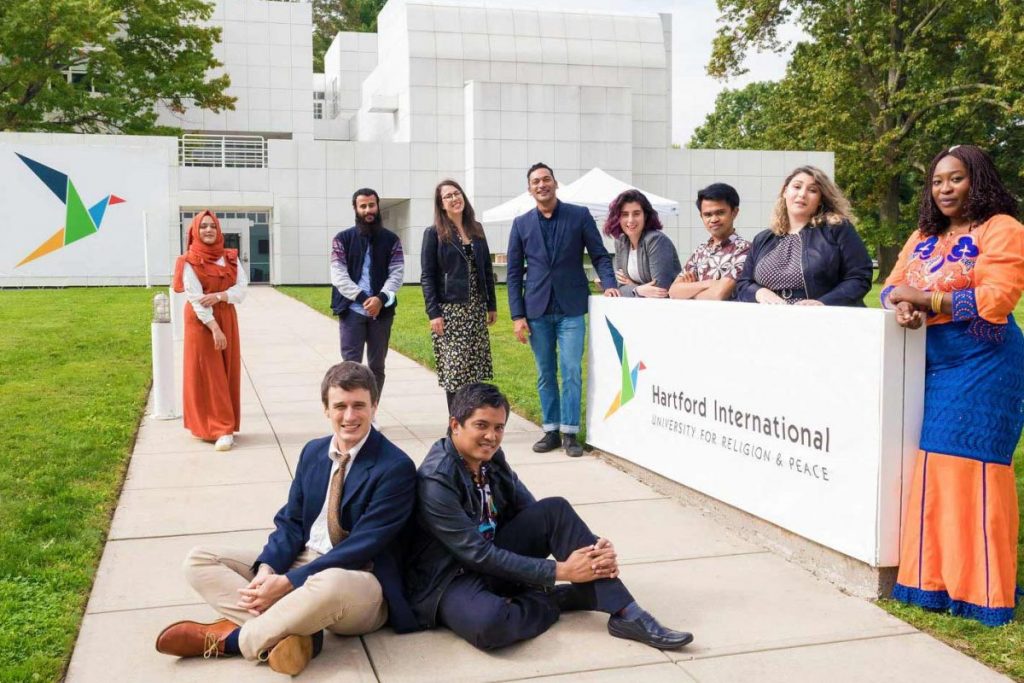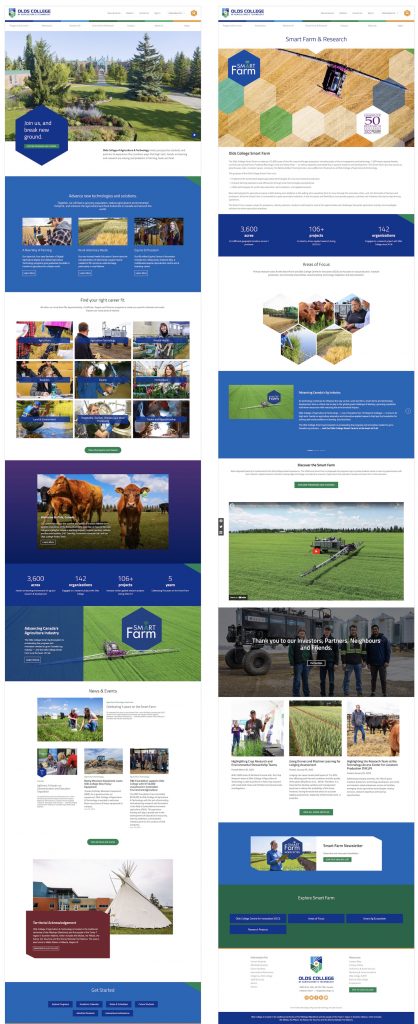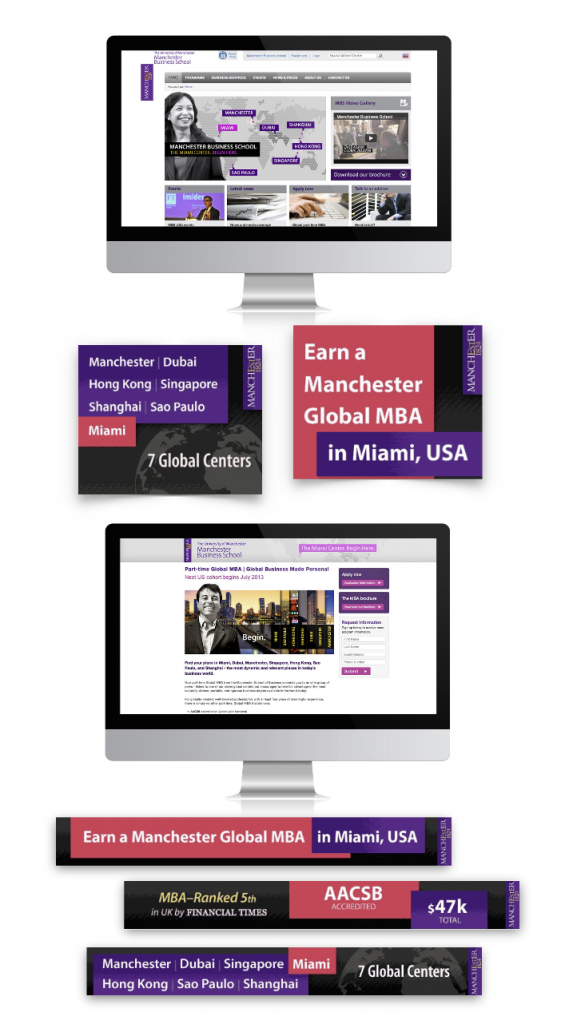| Apr 17, 2024
The Importance of Cultural Sensitivity in Higher Education Marketing For International Student Recruitment

Early in my higher education marketing career, I found myself arranging a photo shoot with a faculty member of South Asian heritage. When a sudden Spring thunderstorm washed away our plans for an outdoor shoot, we scrambled into an empty ground-floor classroom. I began shuffling that day’s schedule while the photographer started applying gels over stained-glass windows to replicate the burst of morning sun we had been seeking.
When the faculty member arrived (fresh off an appearance in the NYT Sunday Magazine), she immediately realized that we had inadvertently chosen a classroom designed in revivalist Tudor-Gothic style and inspired by the architecture of the House of Commons. “My people lived under their rule for 89 years,” she roared. “Not another minute.”
Lesson learned.
In a higher education world that attracts international students, faculty, researchers, and visitors, you have to keep your cultural sensitivity antenna and understanding constantly tuned — for both opportunities and risks.
In the years since I have profiled and photographed hundreds of international students and faculty. That early lesson taught me to do the extra homework and make the extra call to ensure that everyone begins in a place of mutual respect and shared cultural understanding.
Three Considerations for Culturally Sensitive Communications
Most discussion of culturally sensitive communication focuses on teaching and learning environments and relationships, and fundamental matters of student belonging and thriving. The large body of research in this area is worth a review for the insights it might offer higher education marketers aiming to recruit international students.
A 2020 conference hosted by Achieving the Dream emphasized these points:
- Cultural responsiveness should be seen as more of a process than an outcome.
- When students of varying cultural, racial, and economic backgrounds share a classroom, a process begins whereby faculty recognize the cultural capital and tools students bring to the classroom.
- A true reciprocal exchange begins when instructors can notice, name, and affirm the students’ use of these cultural learning tools in the service of learning.
- The teacher is “responsive” when she can mirror these ways of learning in her instruction, using similar strategies to scaffold learning.
In our experience, which includes working with colleges and universities in Canada, Sweden, the United Kingdom, and the Middle East, that process of recognition, reciprocity, and responsiveness applies directly to the full range of digital brand and marketing engagement strategies.
Recognition
Elliance devotes a generous amount of project time and resources to Discovery with every project, in part to ensure that we can uncover any hidden biases and come to a more fulsome understanding of clients, audiences, and markets.
We set a high standard for what qualifies as a Discovery insight, aware that the point of any interview is less what we learn that we did not know prior (that much is assumed), but rather what the Discovery interview might stir inside a faculty member, Dean or student — a true insight — that they had never heard themself say before.
It’s at that moment that cultural capital reveals itself and that our learning begins.
Reciprocity
As far back as 2005, communication and culture researchers like Henry Jenkins began to discuss how the arrival of smartphones, social media, search engines, and other means of instant global communication was stirring change and raising questions that cut across culture and commerce, technology, and social organizations.
In 2006, author Yochai Benkler (The Wealth of Networks) described the reconfiguration of power and knowledge that occurs from the complex interplay between sender and receiver of information, stories, and marketing messages. Benkler’s insights, along with books such as Grant McCracken’s Plenitude and Chris Anderson’s The Long Tail ushered in what Jenkins called “a paradigm shift in our understanding of media, culture, and society,” and an “ecological perspective” on how it would change what we do as content creators.
Just as these scholars were peeling away at the different layers of how media production affectsaffect one another, we practitioners were asking how we adapt to a world where these seismic shifts were changing institutions — education, politics, religion, business, and the press.
Jenkins and his peers foreshadowed a world in which a college or university enjoyed far greater latitude in terms of declaring what it stood for and why it mattered — its brand if you will. Along with that newfound freedom and possibility came the responsibility — burden even — of saying something that audiences would both recognize as true and valuable.
When working with any college or university, but especially one outside the United States and operating in an ecosystem different from ours, our ability to listen more actively and mirror back to clients how cultural sensitivity comes into play in the service of audience perceptions and experiences that, day by day, define the brand.
Responsiveness
While I am sharing the steps of cultural responsiveness as a linear, three-step process, its true design is more like a double helix, with elements from each step informing and illuminating the others, over and over with no end.
As recognition and reciprocity deepen and grow, the chance for cultural responsiveness also grows. Allow me to share several examples:
Olds College of Agriculture and Technology, Alberta Canada
Much like a global climate, and the Canadian agriculture economy that it supports, Olds College of Agriculture and Technology faces a future that will require new levels of agility, resilience, and adaptation to change. Grasping the more than 100-year history and relevance of Olds College required Elliance to take a broader look at the relationships between people, land, and agriculture in Western Canada.
Some of the most fertile agricultural land in the world (more than 125 million acres) stretches across the center of the North American continent. The Canadian provinces of Alberta, Saskatchewan, and Manitoba form the northern boundary of the Wheat Belt, a vast area of the Great Plains. Canada ranks seventh globally in the amount of arable land and is one of the world’s largest agricultural producers and exporters.
Equipped with a more robust understanding of the institution’s role in a larger provincial, national, and global economy, we could go about the work of architecting a new website. The time spent in Discovery prepared us to handle the complexities of the Olds College research portfolio, and the nuances in such fields as livestock production and environmental stewardship.
Good questions and an honest exchange at the Discovery phase opened doors to faculty and alumni interviews, and a more complete understanding of the school’s value proposition.
The Manchester Global MBA Degree
The University of Manchester, a public research university, was formed in 2004 from the merger of the University of Manchester Institute of Science and Technology (UMIST) and the Victoria University of Manchester.
They approached Elliance to bring greater global attention to the Part-Time Manchester Global MBA Degree, and to raise the profile of the program and its thousands of successful alumni thriving in every major business center in the world.
In this case, Elliance needed to understand both the flagship university, each of the four Global Centres in Dubai, Hong Kong, Shanghai, and Singapore, and the dozens of businesses of all sizes to share expertise and form rewarding partnerships.
We went straight to the source, interviewing Part-Time Manchester Global MBA Degree students face-to-face during one of their cohort meetings. Only by witnessing the in-class exchange between business professionals from dozens of cities and companies could we design campaigns and digital experiences that met the standard of cultural responsiveness.
Hartford International University
In closing, I will mention our engagement with Hartford International University (formerly Hartford Seminary). While based in Connecticut, the private, inter-faith theological university attracts hundreds of students and visitors each year from across the Muslim—Jewish—Christian world. Hartford International University has published the academic journal The Muslim World since 1938, advancing scholarly research on Islam and Muslim societies and on historical and current aspects of Christian-Muslim relations.
Over a two-year engagement, Elliance guided leadership and the Board of Trustees through a deep consideration of its future name, identity, and purpose. Our work led us to every corner of inter-religious dialogue and research, and deep into the political and economic dimensions of peace.
As with other global higher education marketing engagements, the process involved a deliberate set of steps — recognition, reciprocity, and responsiveness — that enabled us to bring focus, insight, and credibility to a range of upgrades to the Hartford brand, website, and long-term digital marketing and institutional strategies.
If you are seeking an enrollment marketing agency for increasing and growing your international student enrollment, consider partnering with us.



